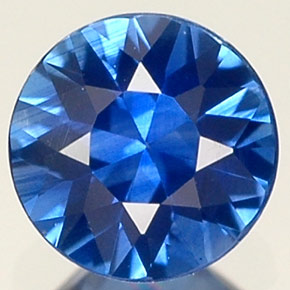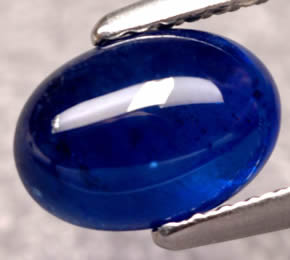|
Reviewed By Andreas Zabczyk
Faceted GemstonesA faceted gemstone refers to a gemstone that has been cut and shaped with multiple flat surfaces, known as facets, to enhance its brilliance and optical properties. These facets are carefully arranged and polished to maximize the gemstone's ability to reflect and refract light, resulting in a dazzling display of colors and sparkle. Faceted gemstones are highly valued for their aesthetic appeal and are commonly used in jewelry, such as rings, necklaces, and earrings. The precise cutting and arrangement of facets require skilled craftsmanship to bring out the gemstone's inherent beauty and brilliance Today most transparent gemstones are faceted - fashioned with a series of flat planes known as facets. A well-crafted geometrical arrangement of facets will reflect light both internally and externally, maximizing the brilliance and fire of the stone.
Gemstone faceting is a relatively recent innovation. Very simple faceted gems first made their appearance in European jewelry in the late 13th and early 14th century. Before the art of faceting was developed, all gemstones were produced as cabochons, though some were intricately carved as well. A cabochon (or "cab") is a stone that is cut with a highly polished rounded or convex top, with a flat or slightly domed base. It is a much simpler task to produce a cabochon than it is to cut a faceted gem with many faces. Cabochons are not really "cut", rather they are simply shaped and polished. Many gems are still fashioned as cabochons, particularly opaque stones and gems that display special optical properties such as asterism (the star effect), chatoyancy (the cat's eye effect), iridescence (e.g. labradorite) or adularescence (e.g. moonstone). 
Brilliant Cut Sapphire
With the advent of the horizontal cutting-wheel in the late 1400s came the possibility of designing and repeating elaborate geometric faceting schemes, thus controlling and enhancing the light coming from within the stone. The technology to cut precise facets was only part of the challenge in producing high quality faceted gems. Lapidaries first needed a pattern that was mathematically symmetrical; then the faceting pattern needed to be adjusted for the refractive qualities of a given mineral. Each mineral has unique optical properties that determine whether the faceting produces brilliance and fire or extinguishes it. The fascination with geometry and reflected light during the Renaissance accelerated the development of sophisticated lapidary art. The management of light became the central theme in Renaissance gem cutting, which started with the gem-cutting trade in Bruges, and spread to Venice, Florence and eventually the whole of Europe. Development of the lapidary art was so rapid during this time that an early variation of the round brilliant cut was credited to Louis de Berquen, of Bruges, Flanders in 1485. 
Sapphire Cabochon
The modern brilliant cut was not perfected until 1914 when Belgian engineer, Marcel Tolkowsky, published a theoretical treatise on the ideal dimensions of the diamond. Tolkowsky's document established the accepted cutting angles for pavilions, (41 degrees,) and crowns, (34 degrees). Interestingly enough, Tolkowsky never provided mathematical or optical proof that his angles represented the ideal. Tolkowsky's work was based on his diamond cutting experience. Nonetheless, publication and acceptance of Tolkowsky's calculations mostly ended the experimentation that cutters had been making over the years in their search for greater brilliance. Since colored stone fashioning is derived from diamond cutting, the new theories and shapes quickly spread throughout the lapidary industry. This Page in Other Languages
|
| STAY IN TOUCH | NEWSLETTER |
| *You're signing up to receive GemSelect promotional email. |
Copyright © 2005-2024 GemSelect.com all rights reserved.
Reproduction (text or graphics) without the express written consent of GemSelect.com (SETT Company Ltd.) is strictly prohibited.
870